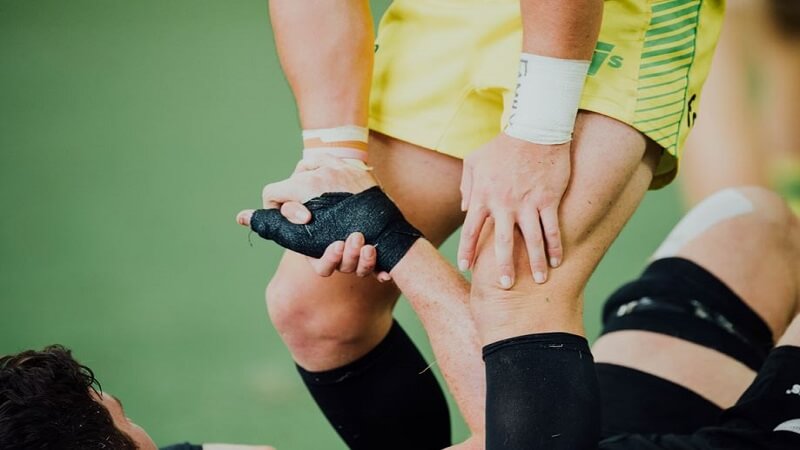A ruptured anterior cruciate ligament (ACL) is the worst sports diagnosis. Despite the advanced nature of sports medicine, a torn ACL can bench even the best athlete for months and, in most cases, with long-term consequences. Why is this particular injury so debilitating? This blog explains the anatomy of the ACL, how it gets injured, and how it happens to athletes.
Understanding the ACL
The anterior cruciate ligament is an important component of the knee joint. Mid-knee, it attaches the femur (thigh bone) to the tibia (shin) and is one of the most important contributors to knee stability. The ACL keeps the tibia from sliding forward and assists in rotational movement. Sprinting, pivoting, or jumping—whatever the activity, the ACL assists in helping to balance and control.
Sport players, particularly contact sport players like soccer, basketball, and skiing, put the knee under great stress. The ACL is usually supporting most of the stress and as such, is prone to damage, particularly any sudden change in direction or sudden braking.
Mechanisms of Injury
Most ACL injuries are non-contact and represent some of the most significant. The ligament is torn with a sudden pivot, incorrect landing on a jump, or deceleration while the individual attempts to change directions. Contact injury such as a tackle, though less frequent but still occurring, also ruptures the ACL.
Apart from football, netball and basketball are also more prone to ACL injury since they are variable and dynamic in terms of sport. Female athletes are also more at risk for a greater extent, perhaps as a result of anatomical, neuromuscular control, and hormonal factors.
Effect on Athletes
An ACL tear is not only a denial of the ability to engage in athletic endeavours, but usually an emotional, psychological one as well. Physiologically, the injury will short circuit athletic capacity by months of torture-like rehabilitation. In some, the injury is not only to the ACL but also to the meniscus or cartilage, which would accelerate post-injury arthritis.
Psychologically, the impact is enormous. The majority of sport people are plagued by fear of re-injury, anxiety regarding future careers, and frustration at lost fitness. Past standards of performance cannot be restored under all conditions, and in some instances are hard to regain.
Treatment and Recovery
It is differential management based on the severity of the tear and sports persons’ choice. Surgical repair from professionals like Dr. David Slattery is most commonly recommended in complete tears of ACL, wherein the patient’s own tendon graft or donor graft is used for reconstruction. Non-surgical treatment in the form of physiotherapy is offered for some individuals or incomplete tears.
Rehabilitation is tough and lengthy work, typically 9 to 12 months. Players move through stages of rehab, such as strengthening, range of motion, then sport-specific exercises. Even after a player has been cleared to play again, they require constant attention so they don’t re-injure themselves.
Prevention and Progress
Prevention is most effective in the lowering of the risk of ACL injury. Knee stabilisation, change of landing mechanics, and agility can lower rates of injury using strength and conditioning programs. Research advances in sports science also provide more data toward individualising recovery and prevention programs.
The ACL’s pivotal role in the sport activity renders it the most studied and documented ligament among athletes. Although the injury is catastrophic, recent advances in prevention and treatment look optimistically towards earlier return to play and better outcomes.
